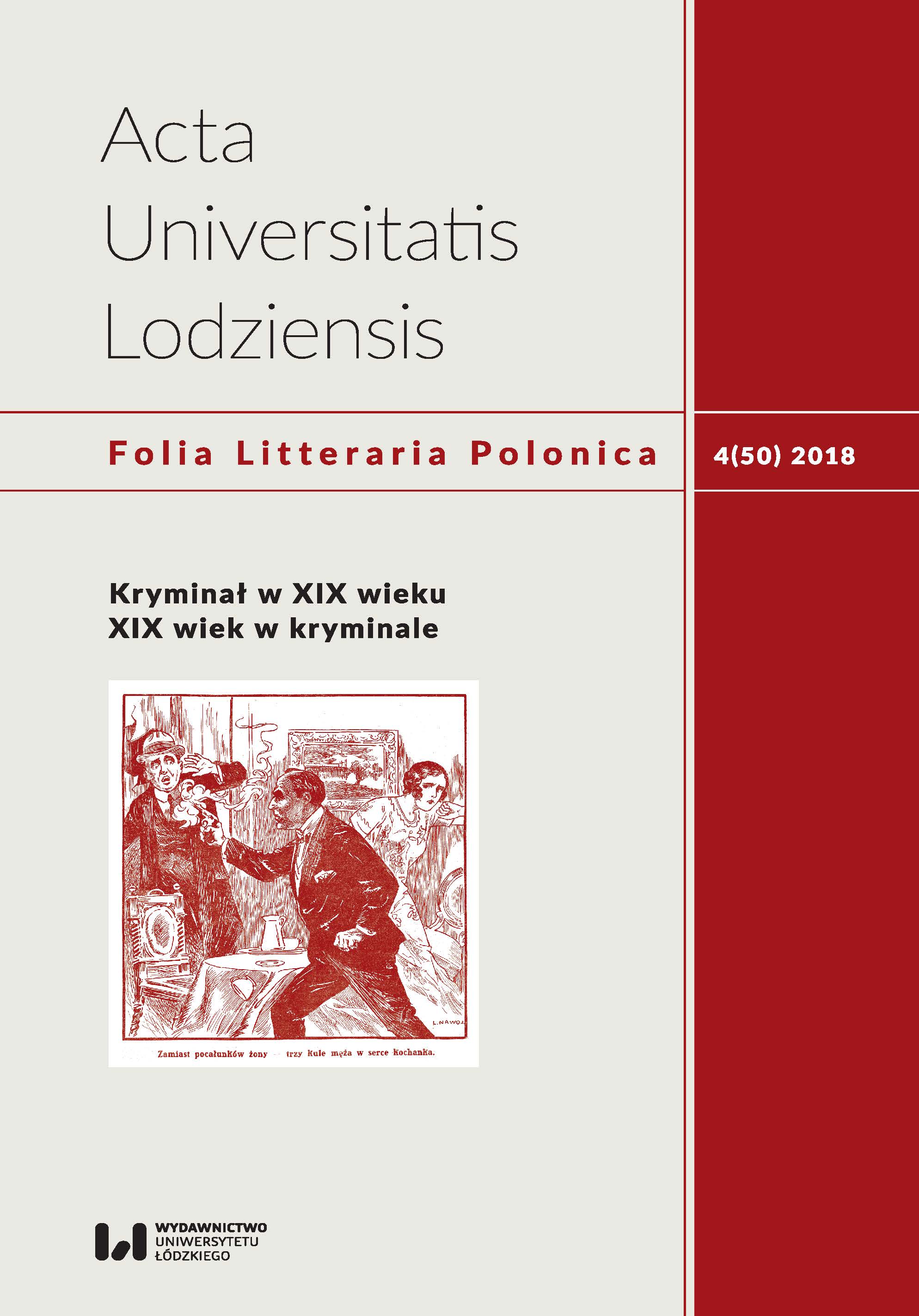Ziarno prawdy? Mord rytualny w polskich kryminałach retro
Grain of Truth? Ritual murder in Polish contemporary crime-stories
Author(s): Małgorzata DomagalskaSubject(s): Studies of Literature, Philology, Theory of Literature
Published by: Wydawnictwo Uniwersytetu Łódzkiego
Keywords: popular novel; ritual murder; crime-story; Jews
Summary/Abstract: In contemporary Polish literature, crime stories whose plot is set in the pre-war Poland or earlier have become increasingly popular. Taking into consideration the fact that the second Republic of Poland was a multinational state, the authors of such novels must take into account the demographic aspects of the interwar society. Among the minorities living in Poland at that time, almost 10% were Jews; with anti-Semitism growing stronger. In crime stories whose plot is set before World War II, the ritual murder motif appears. This could raise a question of whether this happens: because of the correspondence between a crime story’s plot and the need of there being a murder in the plot for the sake of the story or, on the other hand, for the sake of deconstructing the falsehood or showing its relevance and fear connected to pogrom’s violence. In such a case, the crime story, apart from ludic aspects, would become an anthropological testament and a tool of fighting against anti-Semitic prejudices. The case studies in this article are novels written by: Zbigniew Miłoszewski, Ziarno prawdy (Grain of Truth), Zbigniew Białas, Korzeniec, Marek Bukowski & Maciej Dancewicz Najdłuższa noc (The Longest Night), Marek Krajewski, Głowa Minotaura (The Head of Minotaur) and Erynie (Erinyes), Konrad Lewandowski, Perkalowy dybuk (Perkale’s Dybuk), Piotr Schmandt, Pruska zagadka (A Prussian Riddle) and Adam Węgłowski, Przypadek Ritterów (The Ritters’ Case).
Journal: Acta Universitatis Lodziensis. Folia Litteraria Polonica
- Issue Year: 50/2018
- Issue No: 4
- Page Range: 209-224
- Page Count: 16
- Language: Polish

